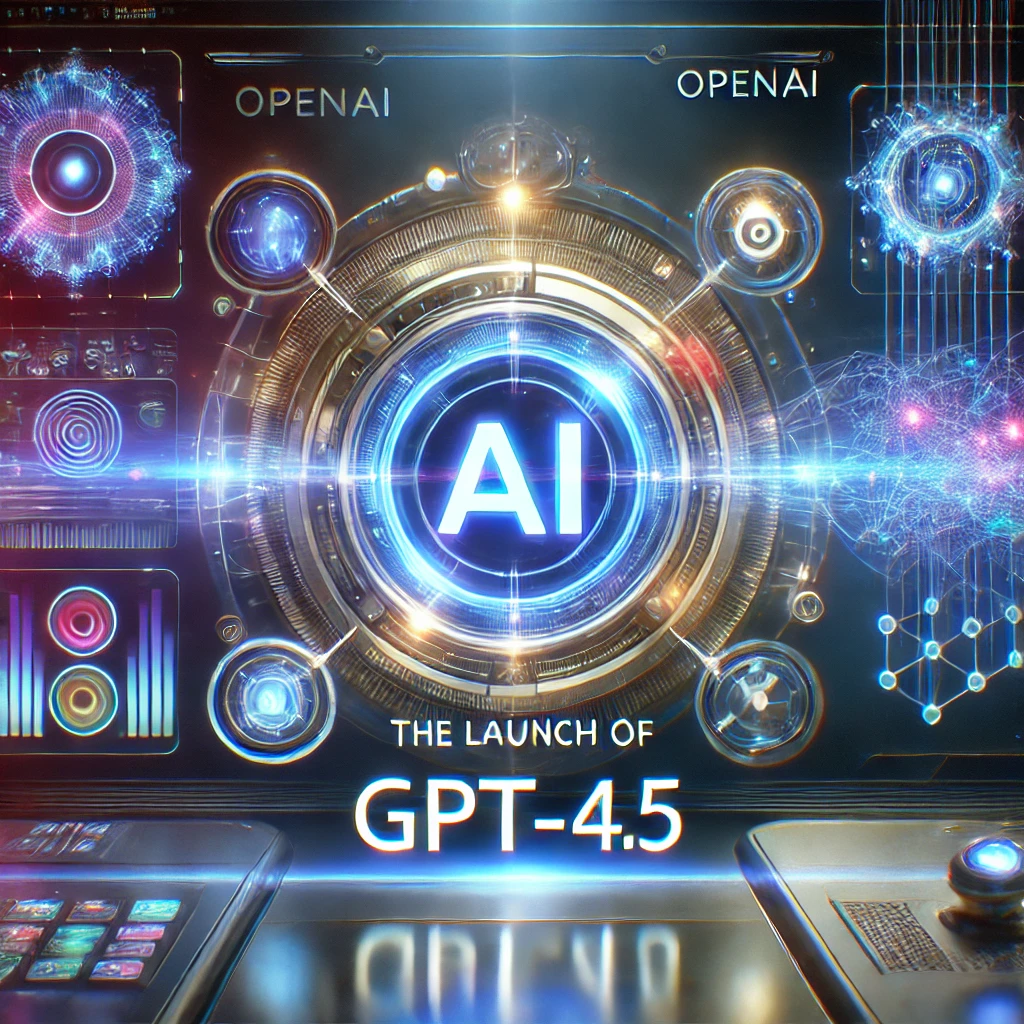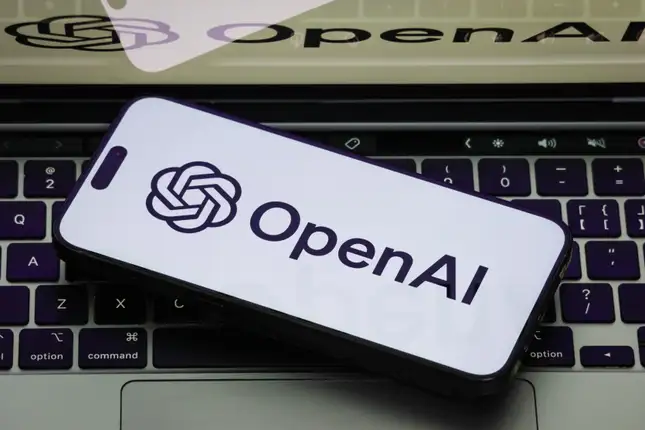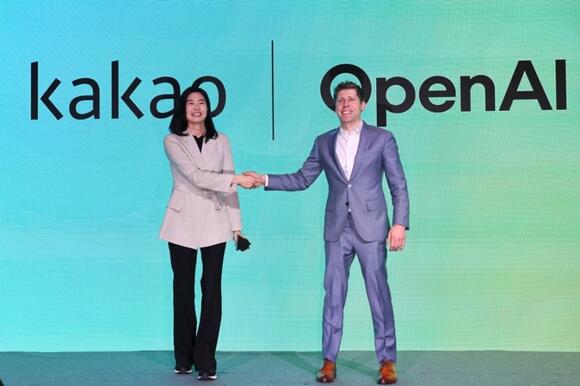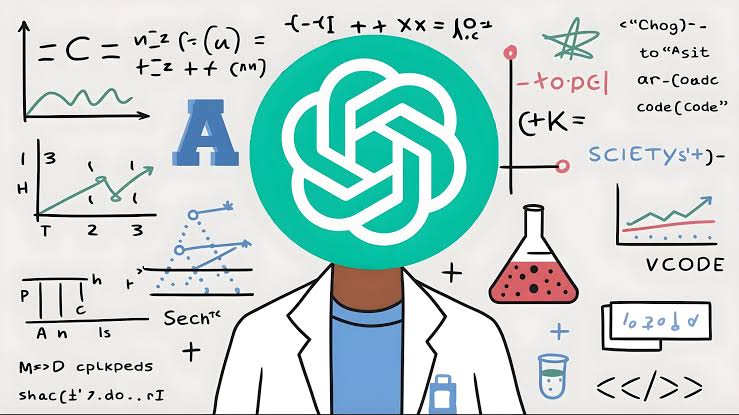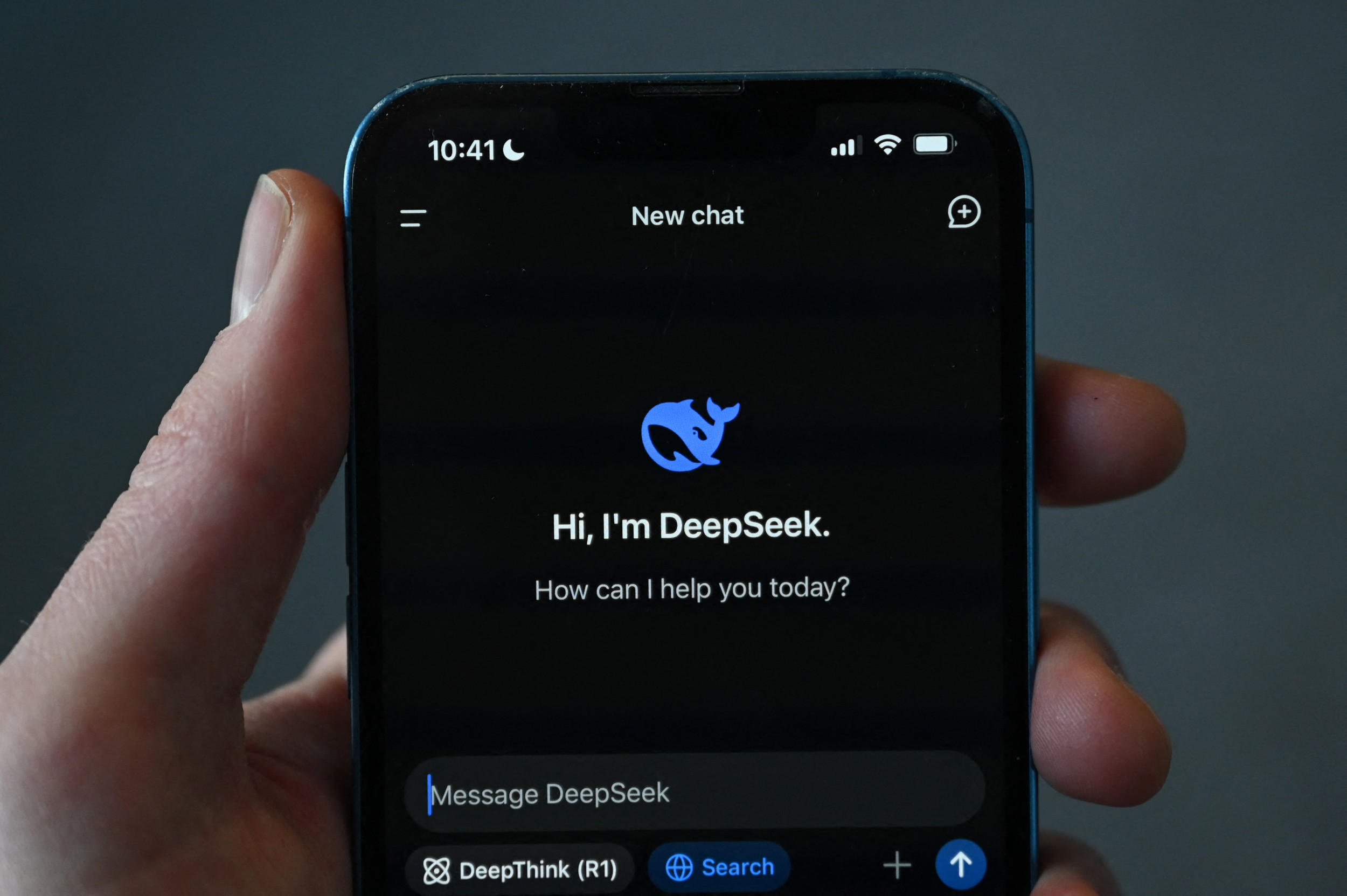On February 27, 2025, OpenAI announced the launch of GPT-4.5, a groundbreaking addition to its ChatGPT lineup that heralds a new era in artificial intelligence. Dubbed the company’s “largest and best model for chat yet,” GPT-4.5 is rolling out as a research preview, starting with ChatGPT Pro subscribers and expanding to Plus, Team, Enterprise, and Edu users in the weeks ahead.
As of today, February 28, 2025, this OpenAI release signals a bold step forward while laying the groundwork for the eagerly awaited GPT-5. With superior capabilities and a massive computational backbone, GPT-4.5 is poised to transform AI interactions—though it comes with its distinctions. Here’s what this launch means for the AI landscape.
Read also: OpenAI extends deep research feature to all paid ChatGPT subscribers
GPT-4.5: Scaling new heights with OpenAI’s latest AI
GPT-4.5, internally codenamed “Orion,” marks a significant evolution in OpenAI’s ChatGPT family, emphasising scaled pre-training and post-training for unmatched performance. This OpenAI model excels in pattern recognition, creative insights, and natural dialogue, though it lacks the advanced reasoning of the “o-series” like o1 or o3. X posts from OpenAI highlight GPT-4.5’s “more natural” feel, broader knowledge, improved intent alignment, and elevated emotional intelligence (EQ). Ideal for refining writing, coding, and practical problem-solving, GPT-4.5 positions itself as a versatile powerhouse in the ChatGPT ecosystem, appealing to both casual users and professionals seeking OpenAI’s cutting-edge AI.
ChatGPT features and rollout: What GPT-4.5 brings to users
The GPT-4.5 research preview from OpenAI introduces practical ChatGPT features: real-time search, file and image uploads, and a “canvas” mode for collaborative writing and coding. However, it stops short of full multimodality—no Voice Mode, video, or screensharing, which remain tied to models like GPT-4o.
Launched on February 27, 2025, GPT-4.5 access began with ChatGPT Pro users ($200/month), with Plus and Team subscribers ($20/month) slated for next week, followed by Enterprise and Edu tiers. Microsoft also released GPT-4.5 in preview via Azure AI Foundry, showcasing OpenAI’s strategic alliance. This staggered rollout ensures that ChatGPT fans experience GPT-4.5’s enhancements progressively.
OpenAI’s GPT-4.5: A compute-intensive ChatGPT giant
OpenAI has been upfront about GPT-4.5’s scale—it’s a “giant, expensive model,” per CEO Sam Altman’s X post. This ChatGPT iteration, trained on immense computational resources, dwarfs its predecessors, reflected in its API pricing: $75 per million input tokens and $150 per million output tokens, far above GPT-4o’s $2.50 and $10.
Altman noted a lower hallucination rate than GPT-4o—though slightly higher than o1—thanks to its compute heft, but it’s no lightweight replacement. OpenAI explained that the phased rollout stems from a GPU shortage: “We’re out of GPUs but will add tens of thousands next week for the Plus tier,” Altman shared, underlining GPT-4.5’s resource demands.
GPT-4.5 is not a frontier model: OpenAI sets ChatGPT expectations
Despite its scale, OpenAI clarifies that GPT-4.5 isn’t a “frontier model.” An initial white paper (later revised) noted it lacks “net-new frontier capabilities” and trails reasoning-focused models like o1, o3-mini, and Deep Research on benchmarks, excelling instead in language tasks over math or science.
Altman described GPT-4.5 on X as “the first model that feels like talking to a thoughtful person” but warned it “won’t crush benchmarks.” This positions GPT-4.5 as a ChatGPT bridge—the final OpenAI model without chain-of-thought reasoning—before the next big leap, balancing expectations for its audience.
Read also: OpenAI extends deep research feature to all paid ChatGPT subscribers
OpenAI’s road to GPT-5: ChatGPT and GPT-4.5 as stepping stones
The GPT-4.5 launch is a prelude to OpenAI’s grander vision. Earlier this month, Altman outlined a roadmap, pegging GPT-4.5 as the last non-reasoning ChatGPT model, with GPT-5—due in “months,” possibly late May—set to merge o3 reasoning and other tech into a “unified intelligence” system. This shift aims to streamline OpenAI’s model chaos (GPT-4o, o1, o3-mini) into tiered ChatGPT offerings, ditching the “hated model picker.” Facing rivals like xAI’s Grok 3, Anthropic’s Claude, and DeepSeek’s lean AI, GPT-4.5 keeps OpenAI competitive while priming ChatGPT users for GPT-5’s transformative potential.


